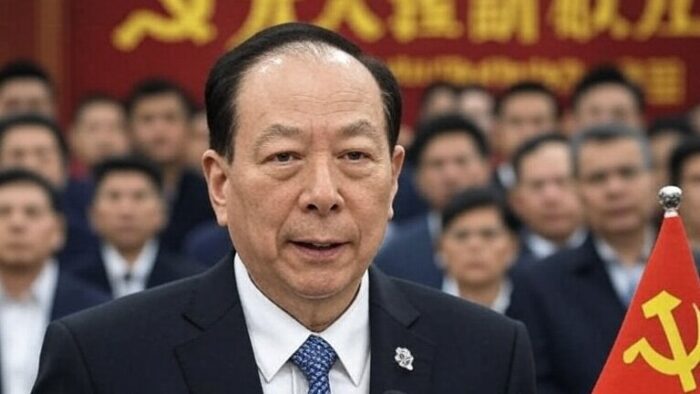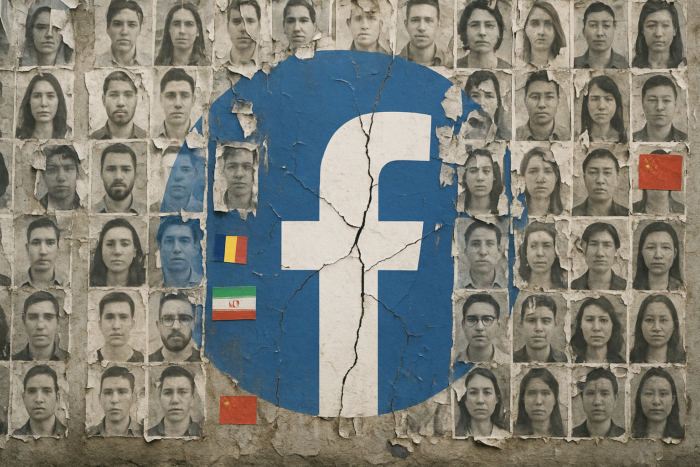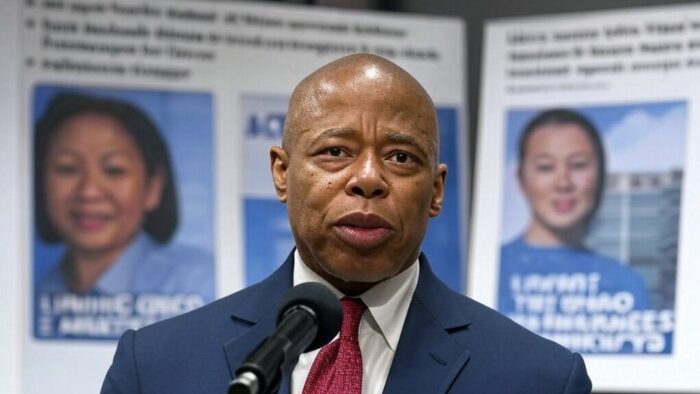On 21 December 2023, The New York Times reported that a study by the Network Contagion Research Institute at Rutgers University revealed significant underrepresentation of topics like Tibet, Hong Kong protests, and the Uyghur population on TikTok compared to Instagram. This disparity raises concerns about possible Chinese government influence on TikTok content. The study analyzed hashtag volume on both platforms, finding disproportionate ratios for sensitive topics. For instance, #Uyghur showed an 8‑to‑1 ratio, #Tibet 30-to‑1, #TiananmenSquare 57-to‑1, and #HongKongProtest 174-to‑1 in favor of Instagram. The report suggests possible suppression or amplification of content aligned with Chinese interests on TikTok. Despite TikTok’s denial of any Chinese government influence and criticism of the study’s methodology, the findings fuel ongoing debates about social media content moderation and raise further questions about TikTok’s role in information dissemination, especially among young American news consumers. The situation has led to renewed calls by U.S. lawmakers for stricter regulation or a ban on TikTok, reflecting broader concerns about the platform’s potential use for disinformation and content suppression.
ChinaJanuary 9 2024, 7:48 am








